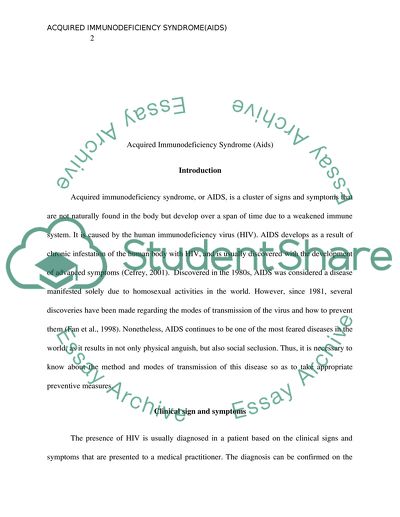Cite this document
(“Acquired Immunodeficiency Syndrome (AIDS) Coursework”, n.d.)
Acquired Immunodeficiency Syndrome (AIDS) Coursework. Retrieved from https://studentshare.org/health-sciences-medicine/1683079-acquired-immunodeficiency-syndrome-aids
Acquired Immunodeficiency Syndrome (AIDS) Coursework. Retrieved from https://studentshare.org/health-sciences-medicine/1683079-acquired-immunodeficiency-syndrome-aids
(Acquired Immunodeficiency Syndrome (AIDS) Coursework)
Acquired Immunodeficiency Syndrome (AIDS) Coursework. https://studentshare.org/health-sciences-medicine/1683079-acquired-immunodeficiency-syndrome-aids.
Acquired Immunodeficiency Syndrome (AIDS) Coursework. https://studentshare.org/health-sciences-medicine/1683079-acquired-immunodeficiency-syndrome-aids.
“Acquired Immunodeficiency Syndrome (AIDS) Coursework”, n.d. https://studentshare.org/health-sciences-medicine/1683079-acquired-immunodeficiency-syndrome-aids.


